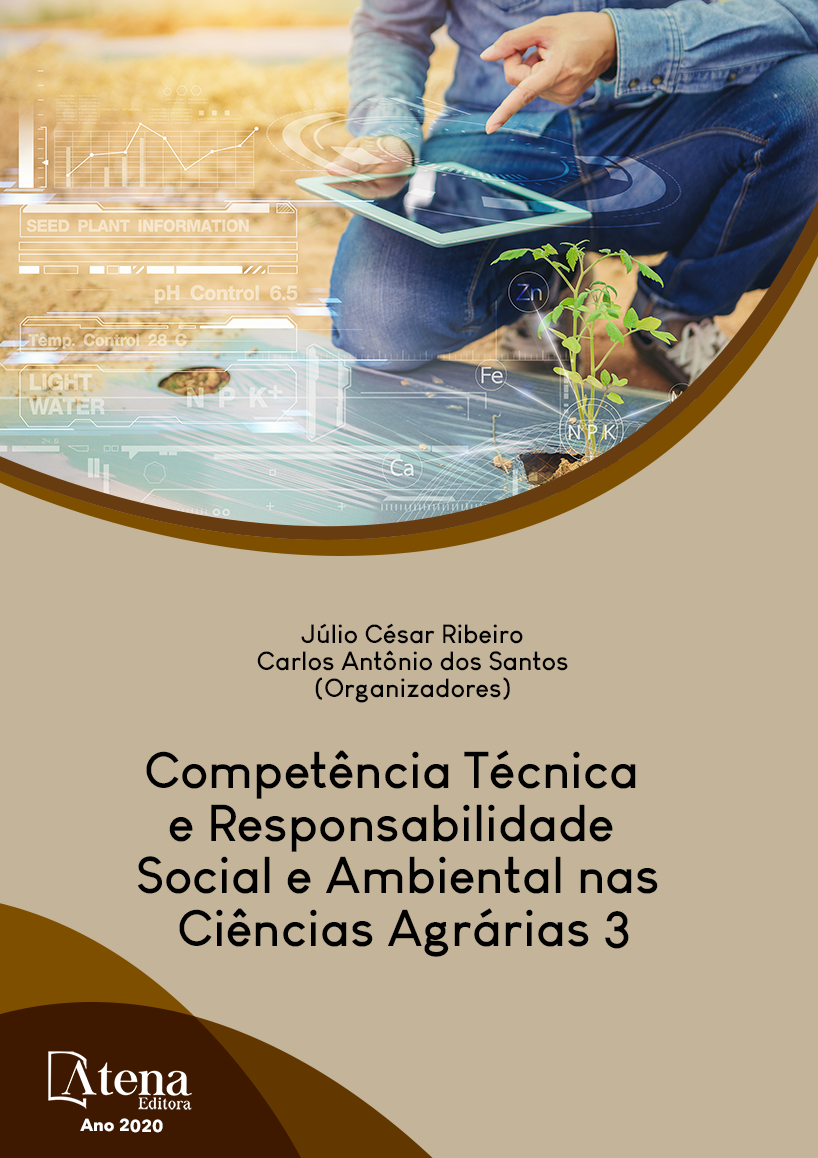
Influência da topografia e da sazonalidade climática no NDVI em Floresta Tropical Sazonalmente Seca
Este trabalho objetivou caracterizar
espectralmente fragmentos florestais no bioma
Caatinga e avaliar o efeito da sazonalidade
climática e da topografia sobre o comportamento
do índice de vegetação NDVI em diferentes
estádios de regeneração vegetal. O estudo foi
conduzido na bacia hidrográfica do rio Caxitoré
com aproximadamente 130 mil ha, localizada
na região norte do Estado do Ceará. Para
avaliar a influência da geometria de iluminação
foram utilizados dados do SRTM (Shuttle
Radar Topography Mission) e as condições de
iluminação presentes no momento da aquisição
da imagem de satélite. As imagens do sensor
OLI/LANDSAT 8 representativas das estações
chuvosa (junho) e seca (setembro) de 2013,
foram utilizadas para caracterização espectral
de duas fitofisionomias do bioma caatinga.
Essas imagens foram convertidas para valores
físicos (fatores de reflectância de superfície)
e encontrada as curvas espectrais, além
da obtenção do índice NDVI. Os resultados
indicaram que a intensidade de refletância da
radiação eletromagnética incidente em dosséis
do bioma caatinga é influenciada tanto pela
sazonalidade climática quanto pela geometria
de iluminação decorrentes das características
topográficas do relevo, principalmente na
estação chuvosa, onde se observa o maior
ângulo zenital solar. O NDVI não se mostrou
adequado para detectar alterações no
comportamento espectral do bioma caatinga
durante a estação chuvosa.
Influência da topografia e da sazonalidade climática no NDVI em Floresta Tropical Sazonalmente Seca
-
DOI: 10.22533/at.ed.43120220113
-
Palavras-chave: Sensoriamento remoto. Geometria de Iluminação. Componentes Principais. NDVI
-
Keywords: Remote sensing. Illumination geometry. Principle Components. NDVI.
-
Abstract:
The aim of this work was to
characterise spectrally forest fragments in the
Caatinga biome, and to evaluate the effect of
climatic seasonality and topography on the
behaviour of the NDVI vegetation index at
different stages of plant regeneration. The study was carried out in the watershed of
the Caxitoré River, of approximately 130,000 ha, in the northern region of the State
of Ceará. To evaluate the illumination geometry, data from the SRTM (Shuttle Radar
Topography Mission) were used with the lighting conditions present at the time of
acquisition of the satellite image. Images from the OLI/Landsat 8 sensor, which were
representative of the rainy season (June) and the dry season (September) of 2013
were used for the spectral characterisation of two types of phyto-physiognomy of the
Caatinga biome. Images were transformed into physical values (surface reflectance
factors) and fitted to spectral curves. Also, NDVI was determined.The results showed
that the reflectance intensity of the incident electromagnetic radiation in canopies of
the caatinga biome is not only influenced by seasonality, but also by the illumination
geometry arising from the topographical characteristics of the terrain mainly during the
rainy season, when the greatest value for the solar zenith angle was recorded. The
NDVI proved to be unsuitable for detecting changes in the spectral behaviour of the
Caatinga biome during the rainy season.
-
Número de páginas: 15
- EUNICE MAIA DE ANDRADE
- FLÁVIO JORGE PONZONI
- DEODATO DO NASCIMENTO AQUINO


